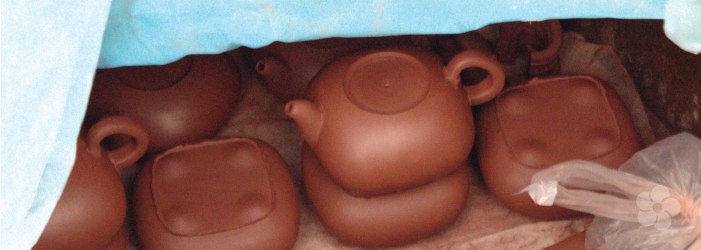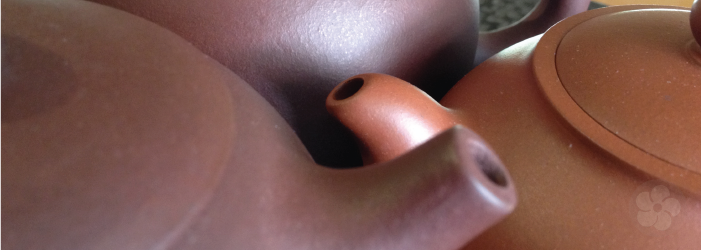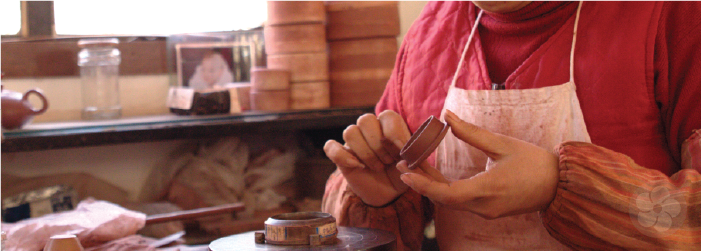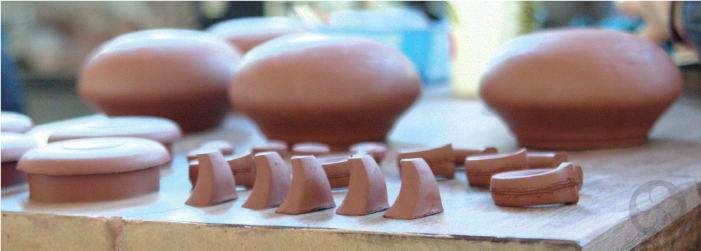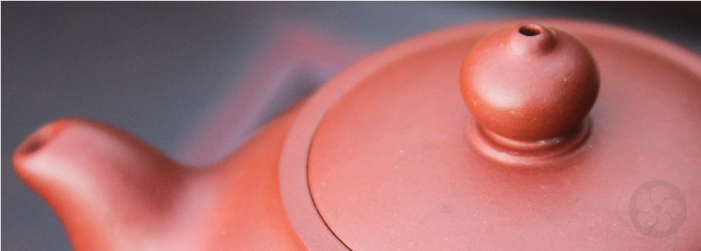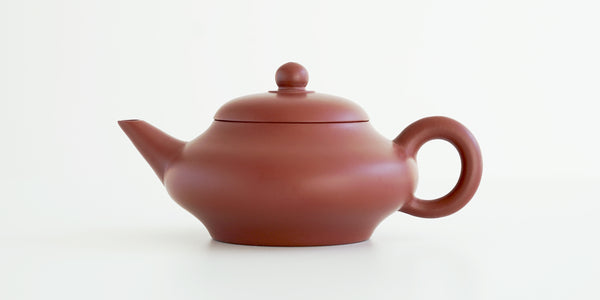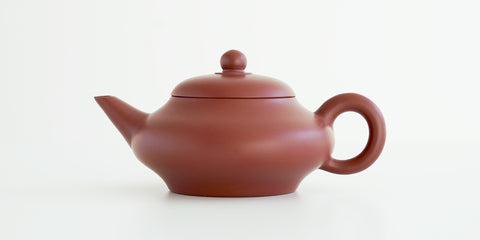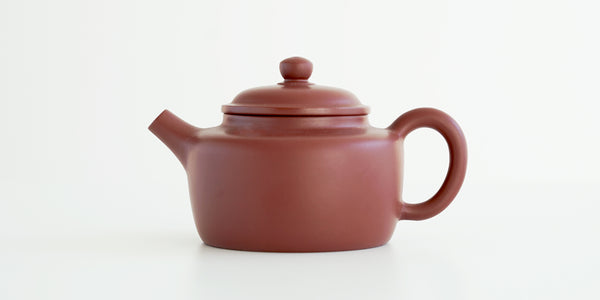What Is Yixing?
Yixing is at once a city, a material, and an artistic style. Most often, it describes a kind of Chinese teapot that is made of stoneware clay and unglazed. The unglazed surface is porous, and allows tea oils to permeate and enhance flavor with time. To ‘season’ one of these teapots for best results, it must be dedicated to one style of tea. Otherwise, the absorbed oils will muddy the flavor profile.
The clay that comes from the area around Yixing is now synonymous with Chinese teapots. In fact, the potteries in this area were the birthplace of the modern teapot form we are familiar with today. The popular shape did not appear until the Ming Dynasty. But experts believe that potters here have made tea vessels since the Song Dynasty.
The city of Yixing itself is the trading center for the infamous yixing teapots. Today, it bustles with tourists, collectors, and low quality imitations of authentic craftsmanship. Most potteries in the area now operate in smaller Dingshan, about 10 minutes away. This is the area we visit when sourcing. Here, master and artisan potters use traditional methods to create functional teapots.
The most famous type of clay from the area is called zisha, or “purple clay”, due to it’s deep brown, purplish hue. Today, zisha mines are running dry. Rising demand is now driving up the cost of teapots made from this particular variety of clay. But this is only one of the dense, mineral rich clays found in the area. Red toned zhuni and hong-ni clays are the most common. Yellow duanni clay is also currently experiencing a surge in popularity.
How Are Yixing Pots Made?
The unglazed clay body is the star of any yixing teapot, so much effort goes into refining the raw materials. Yixing clays are mined, pounded, mixed, and sieved like other clays. Then, they undergo a long aging process to increase plasticity and make the clay easier to work with.
After the raw material is prepared, artisans shape the teapot form by hand. Most potters around the world use a wheel to create symmetrical forms. But the dense mineral makeup of Yixing clays requires more gentle handling. It is prone to cracking during the forming process.
The artist will first pound out thin slabs with a mallet. Then, they cut pieces from the flattened clay, and shape them by hand to create elegant teapot forms. The process is laborious, and meticulous. Potters must spend years practicing before their pots pass muster.
Though many master potters still form each pot by hand, larger studios often make molds. Casting molds from handmade pots helps increase production to meet modern demand. Purists often dismiss these mold-formed pots as inauthentic. They use clay mixed with water to form a runny slurry to pour into the mold. But even this process requires significant expertise. Each component of the pot comes from a separate mold, and must still be assembled by hand. This process is usually done by apprentices training in traditional craftsmanship.
Signs Of Quality
Yixing teapots have long been the pinnacle of tea tradition. As Chinese teas spread in popularity, so do these small unglazed pots. Demand far outpaces the output of traditional production methods. Today, the market is awash in imitation pots of dubious quality. In fact, it can be almost impossible to tell the exact origin of a teapot once it’s for sale in a retail shop. When sourcing, we circumvent this issue by avoiding the busy teapot markets in Yixing. Instead, we work directly with artists in Dingshan. This way, we can inspect the raw materials and observe the artist’s process.
The clay itself is one of the most important factors in the quality of the finished pot. The density and mineral content of the fired clay affects how much tea oil permeates the surface. The ideal density can vary depending on the type of tea chosen for the pot. To test, lift the lid and graze it in a circular motion against the opening of the pot. Pots with greater density will have a clearer sound, and usually a smoother texture. These pots reach a higher temperature during firing, and absorb tea flavor slowly. A rough texture and a duller sound signal a more absorbent clay body, fired at a lower temperature.
A pot that seems light for its size is also a sign of quality craftsmanship. The clay gets harder to work with when it is thinner so lightweight pots demand more skill. But many mass producers add borosilicate glass in the clay to reduce the weight of the pot. This also produces a clearer tone in the sound test. To make matters worse, the chop marks artists use as a signature on the bottom of the pot are easily imitated. It can be impossible to verify authenticity with these common criteria.
But measures of functional quality are more obvious in the finished piece. An unglazed pot will show any flaw in the craftsmanship. Decorative details can hide imperfections, so traditional designs are minimal. The simple forms show off the artist’s execution.
The lid should fit tightly, flush with the body of the pot. Yixing clay shrinks less than other clay bodies during firing. This means that a well fitted lid will create a vacuum seal inside the pot. Placing a finger over the air hole in the lid should stop the flow of water mid-pour. These details help to control the brew, even though they may not prove authenticity.



